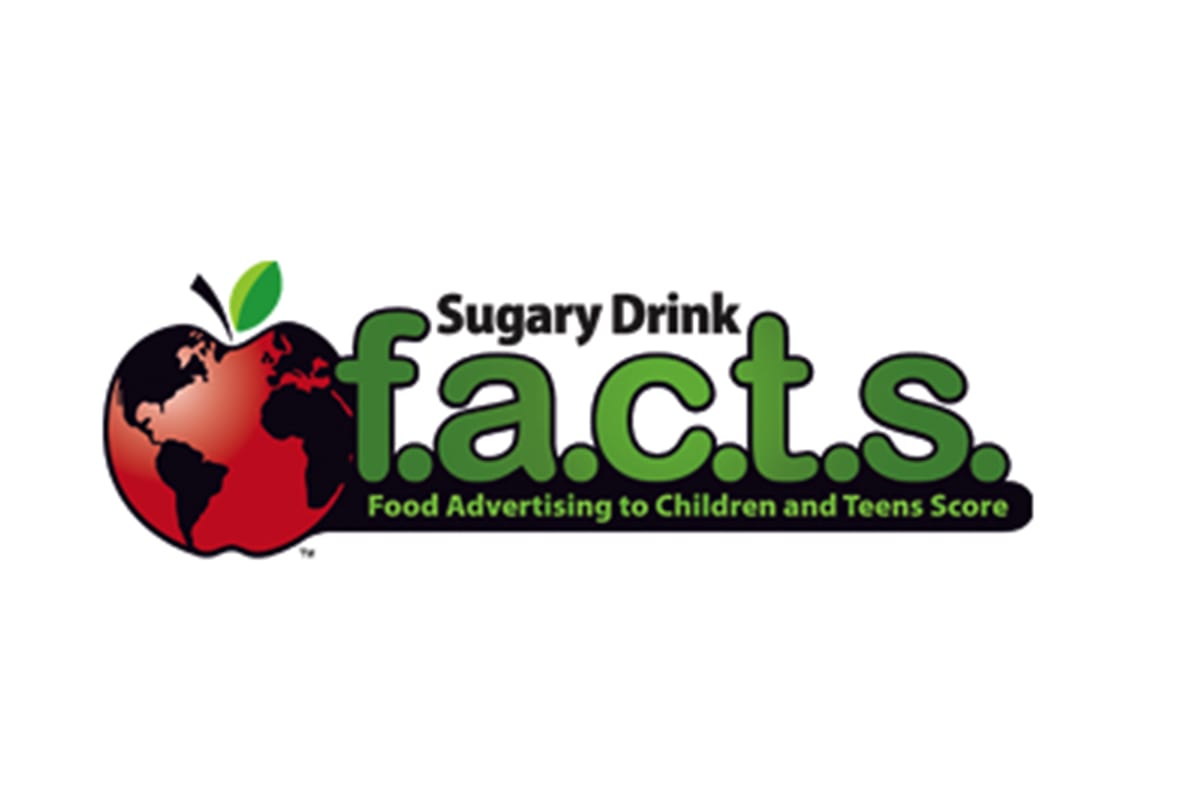Sugary Drinks’ Not-So-Sweet Effect on Kids & Teens
By Sara Brinda, December 2, 2011

Sugary Drink F.A.C.T.S. logo
406: The average number of commercials for sugary drinks an American teenager saw on television in 2010.
7: The number of teaspoons of sugar in an 8-ounce serving of full-calorie fruit drink—the same amount found in an 8-ounce serving of full-calorie soda.
40: The percentage of children’s fruit drinks containing artificial sweeteners.
20: The percentage increase in the number of ads teens saw for energy drinks between 2008 and 2010.
The Yale Rudd Center for Food Policy & Obesity recently released these findings and more as part of Sugary Drink FACTS, the most comprehensive and science-based assessment of sugary drink nutrition and marketing ever conducted. The report looked at the sales data and comprehensive marketing practices of 14 companies that produce nearly 600 beverage products containing added sugar, as well as the nutritional content of these products.
Many beverage companies have recently vowed to reduce their marketing to children, but the report finds there is now more—not less—advertising for sugary drinks overall: Between 2008 and 2010, children’s and teens’ exposure to TV ads for full-calorie soda doubled.
The report also shows that:
- Black children and teens saw 80 to 90 percent more TV ads than white youth.
- Hispanic children saw 49 percent more ads on Spanish-language television in 2010 than in 2008.
- Many fruit drinks have as much added sugar and as many calories as full-calorie soda. Even though they are often marketed as being healthy, sometimes with images of real fruit on the packages, these drinks may contain no more than 5 percent real fruit juice.
Report authors recommended that beverage companies develop and market child-friendly products with less added sugar; make ingredient information more easily accessible; stop targeting teens with marketing for sugary drinks or caffeinated products; and remove nutrition-related claims from high-sugar products.
The report was supported by grants from the Rudd Foundation and the Robert Wood Johnson Foundation, a Burness Communications client.
